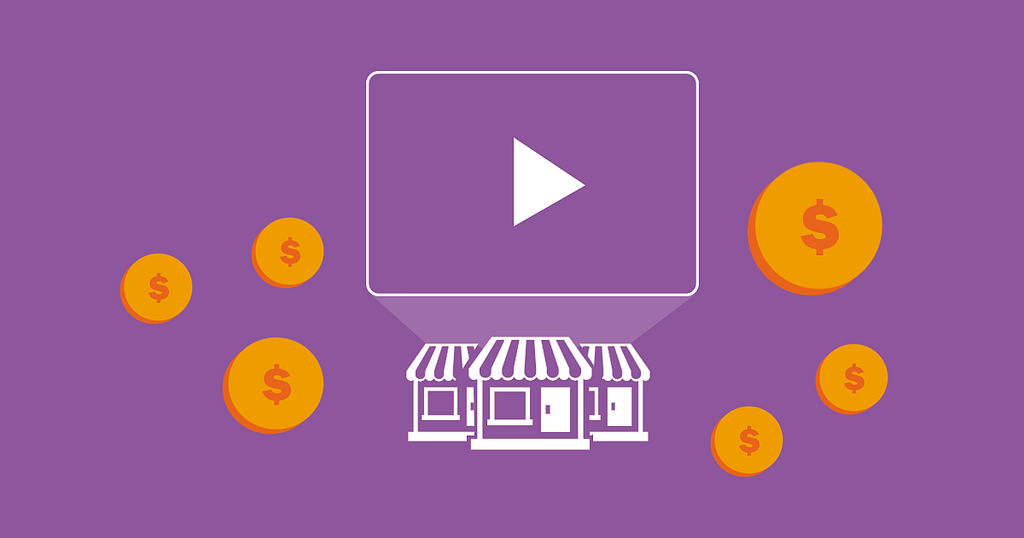By: Lysa Young-Bates
Increasingly, marketers are turning to total experience immersion, allowing consumers enticing opportunities to “step into” a brand’s adventure. Whether through fantastical experience or real-time video-based feedback, the ways companies produce and buyers consume is rapidly evolving, and video provides an experiential medium for meaningful brand-client interactions.
Projection Mapping
Only a few years ago, video projection mapping (a.k.a. spatial augmented reality) was primarily a playground for artists. However, brands are increasingly embracing this powerful medium for high-impact, breathtaking visual presentations. Unlike conventional flat projection, projection mapping turns any building or dimensional surface into a distortion-free canvas, combining motion graphics, animation, and 3D to re-contextualize a structure’s “built” geometry, creating fresh opportunities for massive visual scale and illusional interplay.
VR Video Marketing
Virtual Reality (VR) offers another rich-video experience where consumers can “participate” with brands. According to Marketing Tech News, “VR content has been found to elicit higher emotional and longer engagement than traditional 2D.” Further, Goldman Sachs anticipates that within the next decade, VR will bypass TV, generating revenue of $110 billion. Brands including Merrell, Adidas, Coca Cola, McDonalds, Volvo, TopShop, Patron, and the New York Times have incorporated VR into marketing campaigns, upping the ante on inspiration, engagement, and impact with their consumer-base.
360 Videos
The appeal of 360 video stems largely from consumers’ ability to control their perspective while viewing content. Google recently compared a 60-second 360 video ad against a standard format video of the same length. Neither ad was listed or promoted, appearing strictly via in-stream campaigns or through peer-to-peer shares. Also, both ads ended with the same measurable call-to-action. While full-watch view-through rate was lower on the 360 ad, it out-performed the standard video on overall view, shares, and subscribes. These metrics support 360 video’s benefits of immersion and engagement, increasing the “storytelling” quality of a video experience where customers can manipulate and interact within the view. Psychological studies further indicate that users’ affinity increases in situations where they feel greater control, offering compelling support for brands to consider meaningful ways they can incorporate this technology in their customer interactions.
